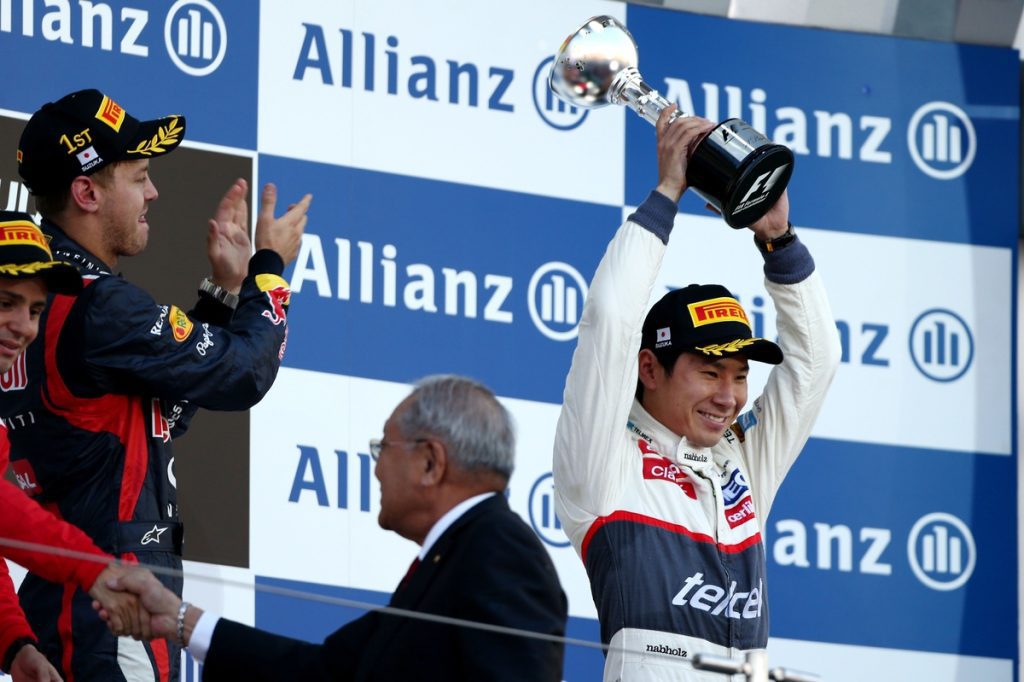It’s been quite a while since a Japanese driver held a position with a top Formula 1 team, especially a leading one. The last prominent driver, Satoru Nakajima, raced for Lotus during the 1987-1988 seasons, a period marked by a downward trajectory for the team. In 2004, Takuma Sato achieved a podium finish at the US Grand Prix in Indianapolis, although his BAR team did not secure a victory that year. Fast forward to now, and Yuki Tsunoda is in a unique position, facing significant pressure to perform during his first race for the team at his home grand prix.
Over the last five decades since Hiroshi Fushida became the first Japanese driver to participate in a grand prix, a total of 17 other Japanese drivers have joined the ranks, each with varying levels of success. Tsunoda, the 19th Japanese F1 driver, stands out as a strong contender in this lineage.
Although Nakajima faced his share of criticism and often lagged behind teammate legends like Ayrton Senna and Nelson Piquet, he notably raced from the back of the grid to fourth place under miserable weather conditions in Australia in 1989, even achieving the fastest lap shortly after receiving the tragic news of his mother’s death. Interestingly, two of the three podiums earned by Japanese drivers in F1 have occurred at home, providing an intriguing statistic about this nation’s involvement in the sport.
Japan 1990: Aguri Suzuki’s Historic Moment
Unfortunately for Aguri Suzuki, his podium finish at the 1990 Japanese Grand Prix is often overshadowed by another headline that day: Ayrton Senna’s controversial takedown of Alain Prost at the first corner. Senna started the race frustrated by the pole position being on the less advantageous side of the grid due to a last-minute decision, which led to a determined attempt to prevent Prost from taking the lead into the first corner.
Japan 2012: Kamui Kobayashi’s Near-Perfect Race
Kamui Kobayashi had already set the stage for his success by qualifying his Sauber in fourth place during the 2012 race at Suzuka. His achievement came with the shadow of an investigation, as he had set his best time during yellow flags caused by a spun Kimi Raikkonen. However, he avoided penalties and earned a move to third place after Jenson Button was penalized.
The race itself had its fair share of drama, including a first-turn incident involving championship rivals, which saw Fernando Alonso out of the race after colliding with Raikkonen. While these incidents ensued, Kobayashi capitalized and swiftly maneuvered past the initial chaos, running in second place and fending off pressure from Button throughout the race. Despite intense pressure, he finished just half a second ahead of Button, securing a memorable podium that remains the last for a Japanese driver as well as for Sauber in Formula 1.



